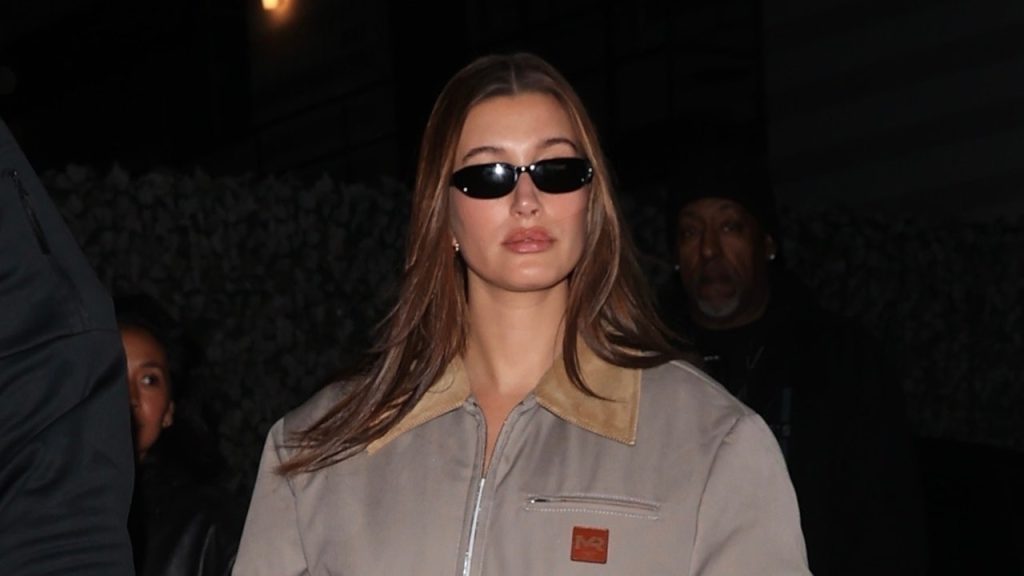Celebrities like Hailey Bieber, Jaden Smith, Kaia Gerber, and Brooklyn Beckham have been seen incorporating workwear clothing into their wardrobes, with pieces such as chore coats and jackets from brands like Carhartt and We11done. Luxury collaborations with workwear brands have also become popular, with designers like Junya Watanabe, Marni x Carhartt WIP, Prada, Miu Miu, and Louis Vuitton showcasing utilitarian pieces in their collections. However, there is a debate surrounding the appropriation of lower class aesthetics by the wealthy, with questions arising about the relationship between the upper class and utilitarian clothing.
The concept of desirability in high-end fashion is often centered around exclusivity and the divide between the haves and have-nots. Despite the popularity of workwear clothing among the wealthy, there is a certain incongruity in wearing luxury pieces that adopt lower class aesthetics, especially for those who come from privileged backgrounds. This paradox has been a topic of discussion in the fashion industry, with concerns about fetishizing working-class aesthetics and the implications of wealthy individuals portraying themselves as working-class through their clothing choices.
The trend of wealthy individuals cosplaying as poor or adopting utilitarian clothing as a means of justifying their lifestyles has raised questions about class appropriation and the representation of social and economic disparities in fashion. While there is no inherent issue with coming from financial security, the act of wearing workwear clothing as a fashion statement without understanding or experiencing the realities of blue-collar work can be seen as a form of appropriation. Nevertheless, the utilitarian nature of these garments and the evolving meanings of workwear in fashion add complexity to the debate.
The increased popularity of utilitarian clothing in recent years has led to a rise in celebrities wearing workwear pieces as part of their everyday style. However, when worn by the exorbitantly wealthy, these garments can sometimes come across as a costume rather than a genuine reflection of their lifestyle or background. The incorporation of workwear into high fashion also blurs the lines between practicality and luxury, raising questions about the authenticity of embracing utilitarian aesthetics without fully understanding or respecting their origins.
While it may not be straightforward to determine who should or should not wear workwear clothing, especially given its utilitarian nature, the appropriation of lower class aesthetics by the wealthy remains a complex and controversial issue. The evolution of utilitarian clothing in fashion and its popularity among celebrities have sparked discussions about class, luxury, and the boundaries of style appropriation. Ultimately, the debate surrounding the relationship between the upper class and utilitarian clothing continues to challenge traditional notions of desirability, exclusivity, and social stratification in the fashion industry.


